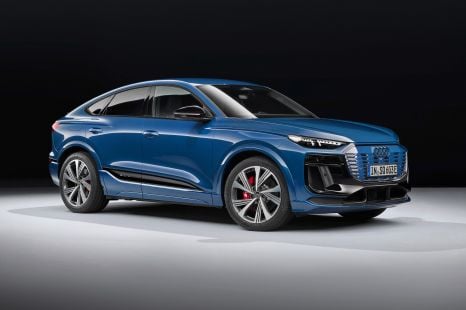

William Stopford
2026 Audi Q6 and SQ6 Sportback e-tron price and specs
1 Day Ago
The Hyundai Palisade makes a lot of sense as a family hauler, with a comfortable ride and a spacious, well-appointed interior.
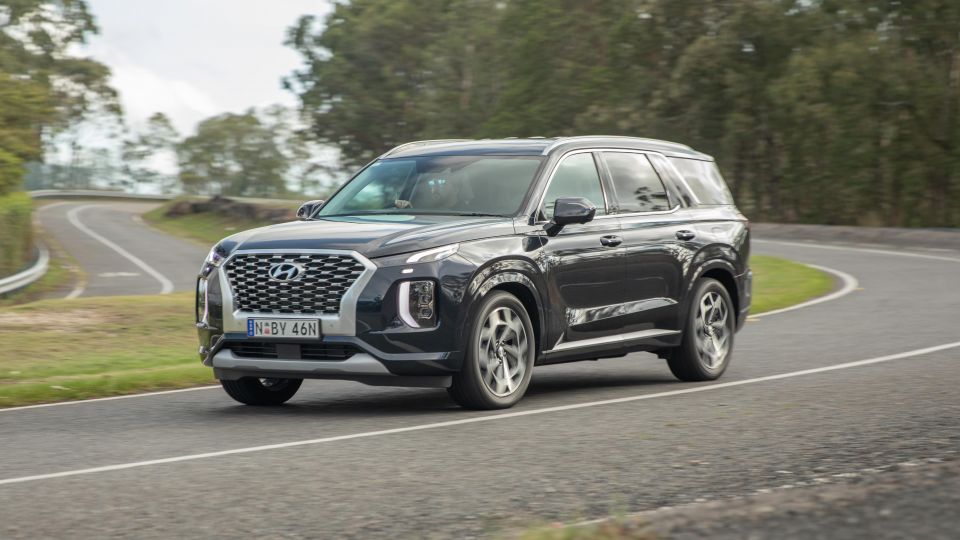


News Editor

News Editor


News Editor

News Editor
Quickly see how this car stacks up against its competition. Select any benchmark to see more details.
Where expert car reviews meet expert car buying – CarExpert gives you trusted advice, personalised service and real savings on your next new car.
A palisade is a fence made of wooden stakes or iron railings, which helps provide a fortification. But considering there’s no Hyundai Balustrade (though there was a Portico concept!), we suspect Hyundai had another definition in mind with its Palisade.
In the US, the term is also used for a line of high cliffs. Think of The Palisades in New Jersey that loom over the Hudson River, or Los Angeles’ pricey Pacific Palisades neighbourhood. And it’s the US market for which the Hyundai Palisade was developed, first and foremost – fortunately, head office saw fit to introduce it in the Korean market and engineer a right-hand drive version for export from there.
While Australians may buy more large, ute-derived body-on-frame SUVs of this size than Americans, citizens of both countries have a predilection towards family-oriented, three-row crossovers: think the Mazda CX-9, Nissan Pathfinder and Toyota Kluger.
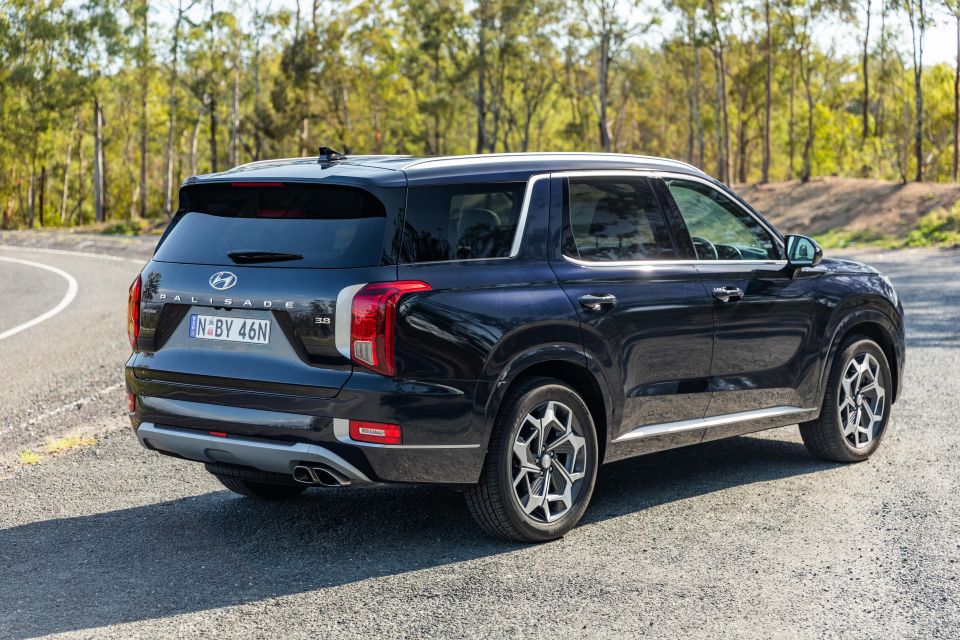
In the US, the Santa Fe is a two-row-only affair, with the Palisade replacing in 2019 an extended Santa Fe XL that was never offered here. Here, the Santa Fe is exclusively sold with three rows, which makes the Palisade yet another option for Hyundai buyers seeking seven seats – or even eight.
It’s clear the Palisade was developed with US buyers front of mind. Like its Kia Telluride cousin not sold here, the big Hyundai seems to be emulating full-full-sized body-on-frame SUVs in its design, with a passing resemblance to the likes of the Chevrolet Tahoe/Suburban and GMC Yukon.
To cater to the slightly different tastes of Australians, the Palisade is offered with a four-cylinder turbo-diesel – something that’s off-limits to CX-9 and Kluger buyers – but slotting in underneath that is a petrol V6, available in all three Palisade trim levels like its oil-burner counterpart.
We’ve put the V6 Palisade to the test in ritzy Highlander guise, which has been mildly updated for 2022.
For 2022, the Palisade range has been expanded with a new mid-spec Elite grade, and the base model’s price has been slashed. The range now opens at $55,000 before on-road costs.
In terms of price, our 2022 Hyundai Palisade Highlander V6 FWD tester is the penultimate Palisade at $71,000 before on-roads.
Regardless of trim level – base, Elite or Highlander – the diesel option adds $4000 to the price. However, it also includes all-wheel drive, which you can’t get with the petrol V6 here in Australia.
All paint finishes bar White Cream are an extra $695. Our Moonlight Cloud tester therefore costs $78,210 drive-away based on a Sydney postcode.
Our tester’s closest counterparts are the front-wheel drive CX-9 Azami ($66,190 before on-roads) and Kluger Grande ($68,900 before on-roads). Both of those petrol-powered models offer the option of all-wheel drive and the Kluger also offers a hybrid powertrain, though neither has the option of a turbo-diesel.
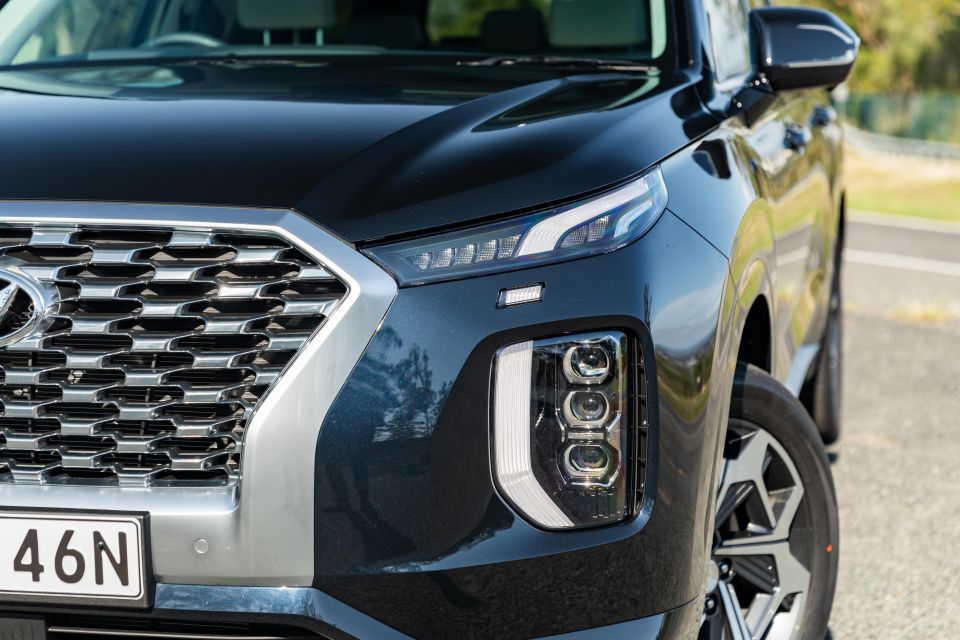
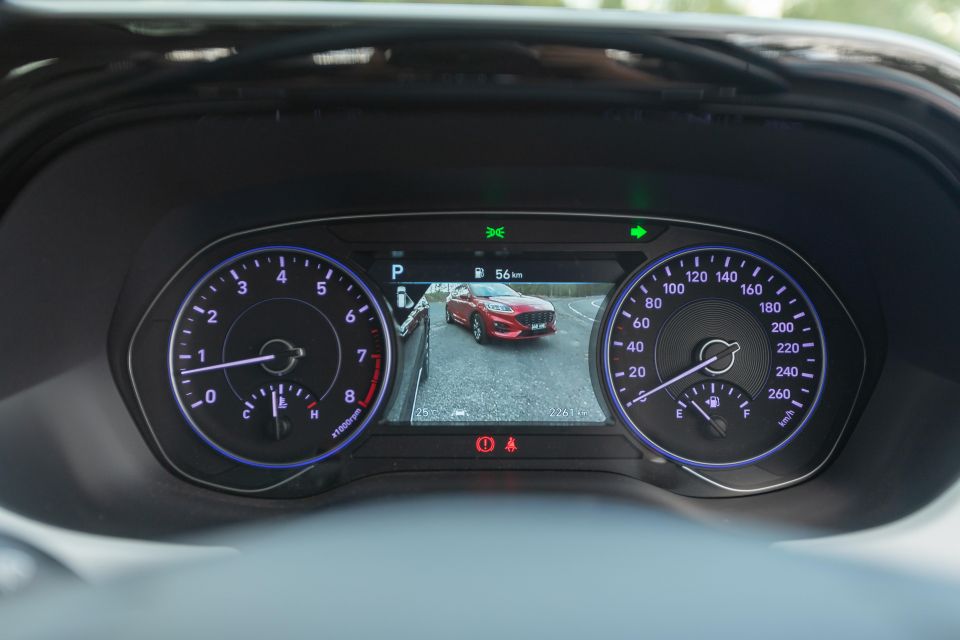
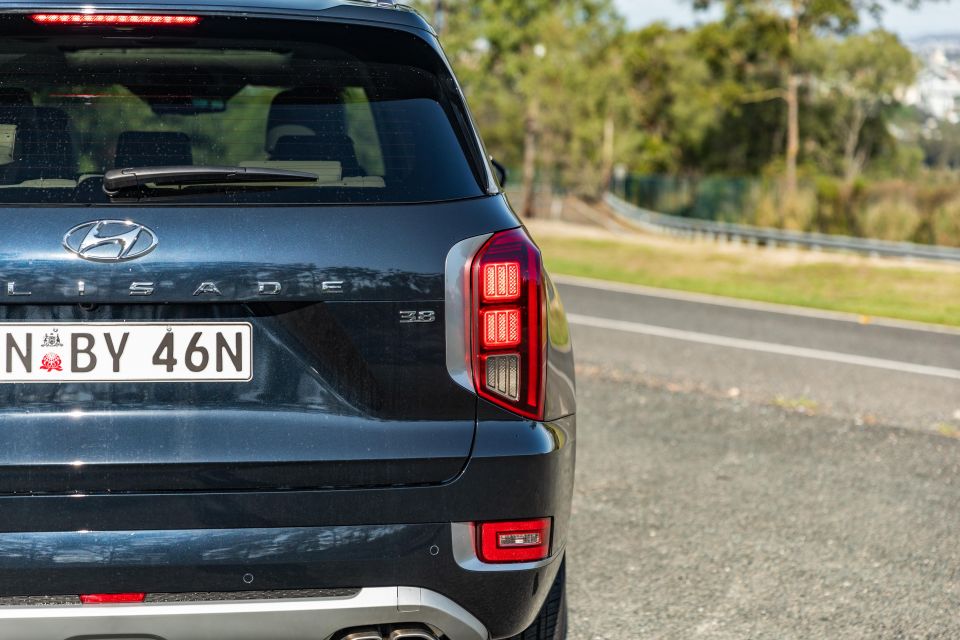
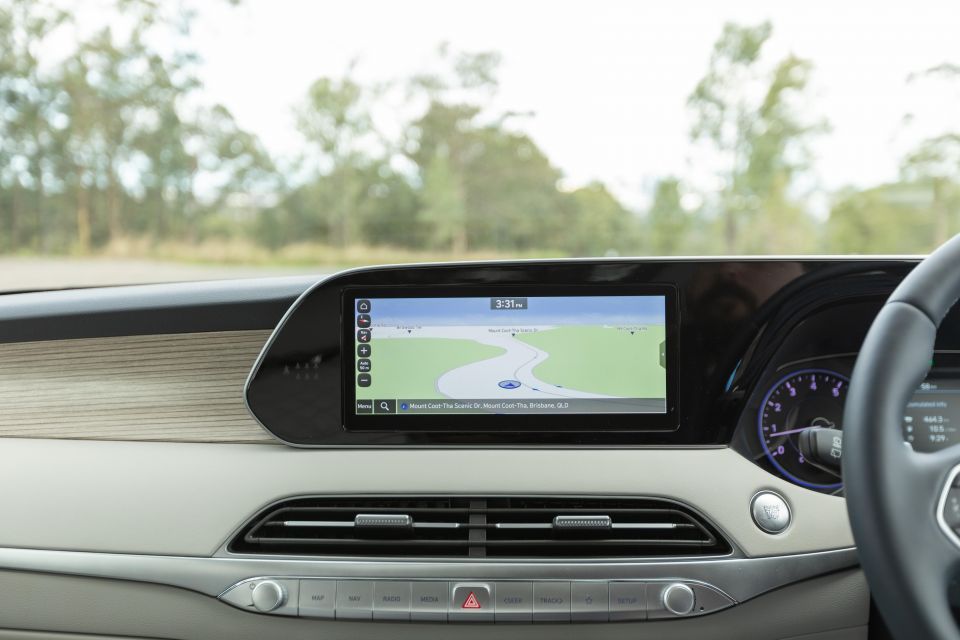
Buy your new car without the stress. It's fast, simple and completely free.

Great service from Travis and team, second time I have used this business would not hesitate to recommend them to anyone
Craig C.
Purchased a Ford Ranger in Sunshine Coast, QLD
CarExpert helped Craig save $7,224 on his Ford Ranger, now let us save you on your next new car.
Get your BEST priceThis is one luxurious SUV. Standard equipment on the Palisade Highlander includes:
You can choose between a three-person bench for the second row with heating for the outboard seats, or two heated and ventilated captain’s chairs. Unusually, the Highlander is also the only Palisade to offer rain-sensing wipers.
The Highlander is also unique in the Palisade range in offering a range of interior colourways: either beige Nappa leather upholstery with a Warm Grey headliner, or Burgundy or Black Nappa upholstery with a black headliner.
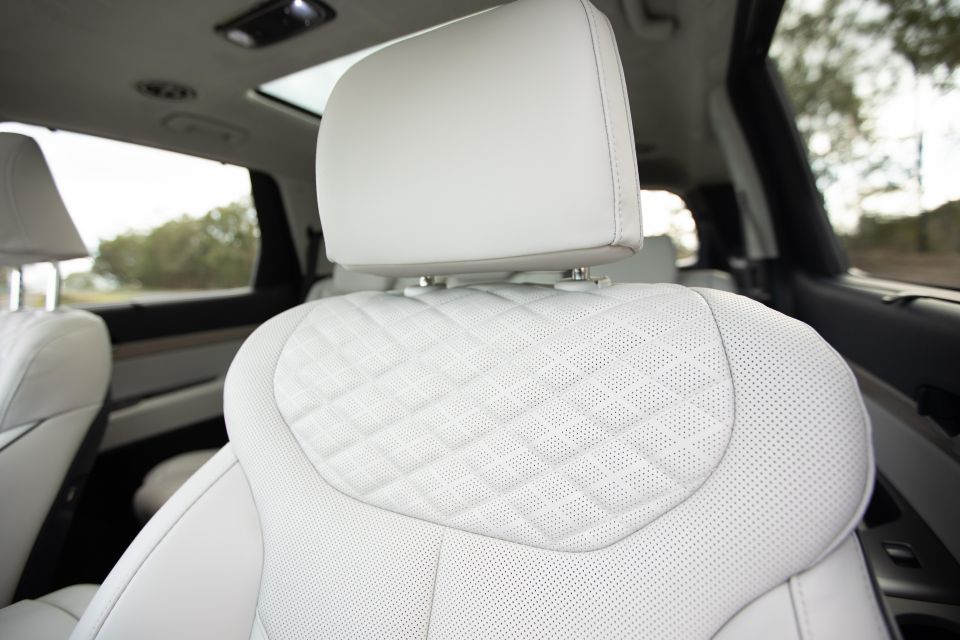
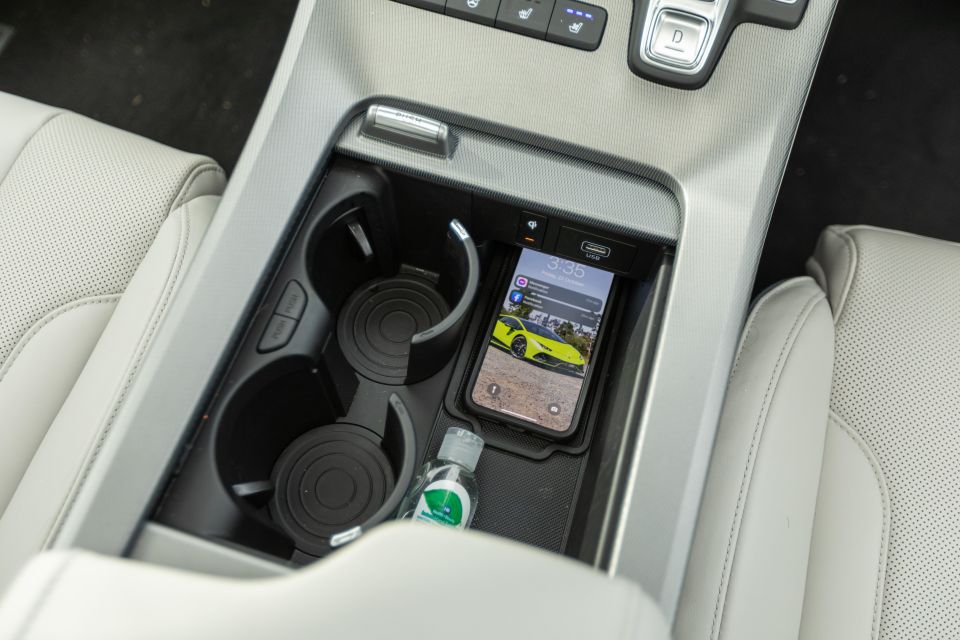
Its slate of equipment is over and above that which is included in the Elite, which packs:
The base Palisade also includes:
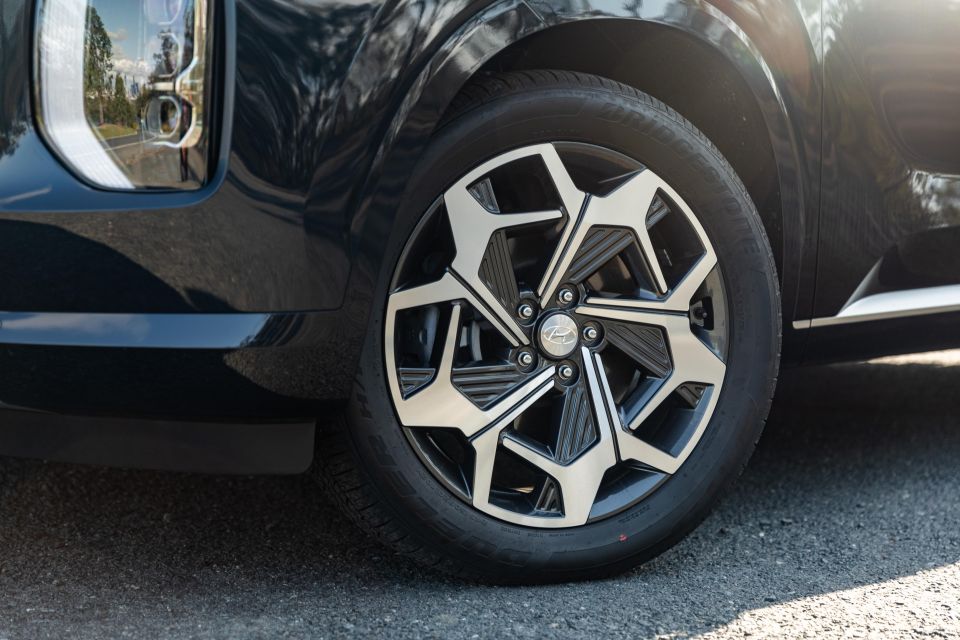
The base model features Hyundai’s 8.0-inch infotainment touchscreen, which lacks satellite navigation but includes wireless Android Auto and Apple CarPlay. The Elite and Highlander are upgraded to feature a 10.25-inch unit with sat-nav, but this system continues to lack wireless connectivity for smartphone mirroring.
The Palisade Highlander doesn’t offer much more over a Kluger Grande than a larger screen and some nicer trim, while a CX-9 Azami trumps the Hyundai with adaptive LED headlights but misses out on the sunroofs. You also need to step up to the all-wheel drive-only Azami LE to get heated and ventilated second-row captain’s chairs.
As the Palisade Highlander is older than the Santa Fe – it only arrived late in 2020, but it was launched in 2019 before the latest Santa Fe redesign – it misses out on some features from its sibling. These include a digital instrument cluster (though available overseas), ambient lighting and Remote Smart Parking Assist.
The absence of the latter means you can’t ask the Palisade to park itself.
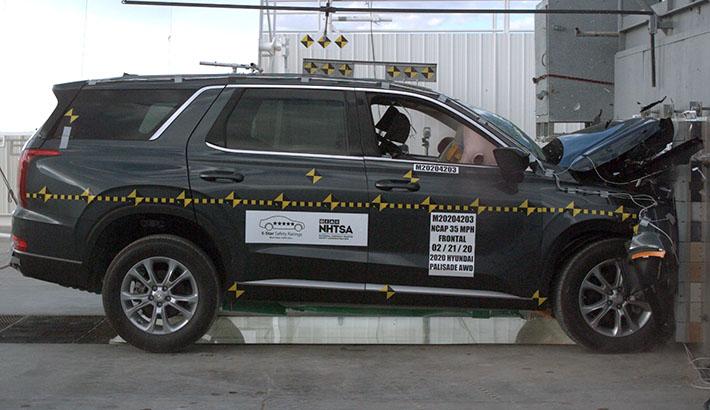
There’s no ANCAP rating for the Palisade.
Its US-market focus and outsized dimensions means the Palisade isn’t sold in Europe, so there’s no Euro NCAP result ANCAP can use.
There are no plans for an ANCAP rating, either, unless the safety authority buys one for testing, as Hyundai Australia has said it won’t be volunteering one.
With that said, the Palisade has received a ‘Top Safety Pick+’ rating from the US’s Insurance Institute for Highway Safety (IIHS) for the 2021 model year, based on tests conducted on the related Kia Telluride. That’s the highest rating the IIHS awards.
It also received five stars from the National Highway Traffic Safety Administration.

All versions of the Palisade feature the Hyundai SmartSense suite as standard comprising:
There are also dual front, front-side, and curtain airbags that stretch across all three rows for a total of six inflators.
The Highlander also includes Hyundai’s Blind Spot View Monitor camera system, plus a surround-view camera and Safe Exit Assist. The latter sounds a chime if it detects rear-seat occupants are about to step into the path of an oncoming vehicle, and will also prevent the driver from disengaging the child lock in such a scenario.
The blind-spot assist and rear cross-traffic assist also actively intervene, rather than just sound a chime, if they detect you’re about to veer into another vehicle’s path.

The Palisade’s interior is slick, particularly in range-topping Highlander guise.
Some of the colour and material choices might seem odd in isolation, like the wood-look trim that doesn’t really look like wood, the teddy bear-soft suede headliner, or the trim that’s not actually black but seemingly a very dark blue. It all ties together extremely well, however, with the cabin looking modern, airy and premium.
Soft-touch trim can be found everywhere but the lower reaches of the dash and doors, while the leather-wrapped steering wheel is lovely and tactile. The Nappa leather upholstery is attractive and the seats are eminently comfortable.
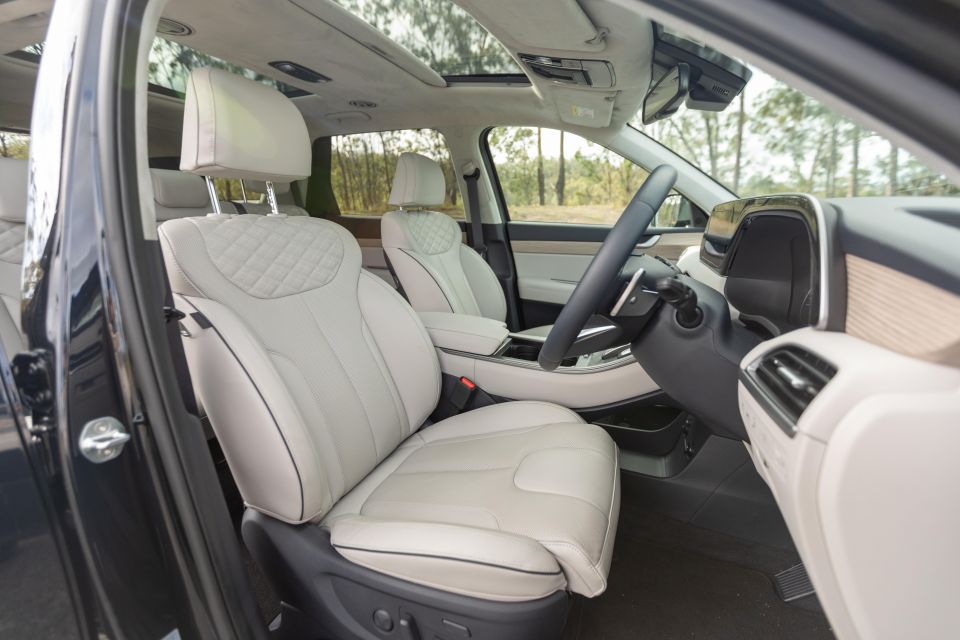
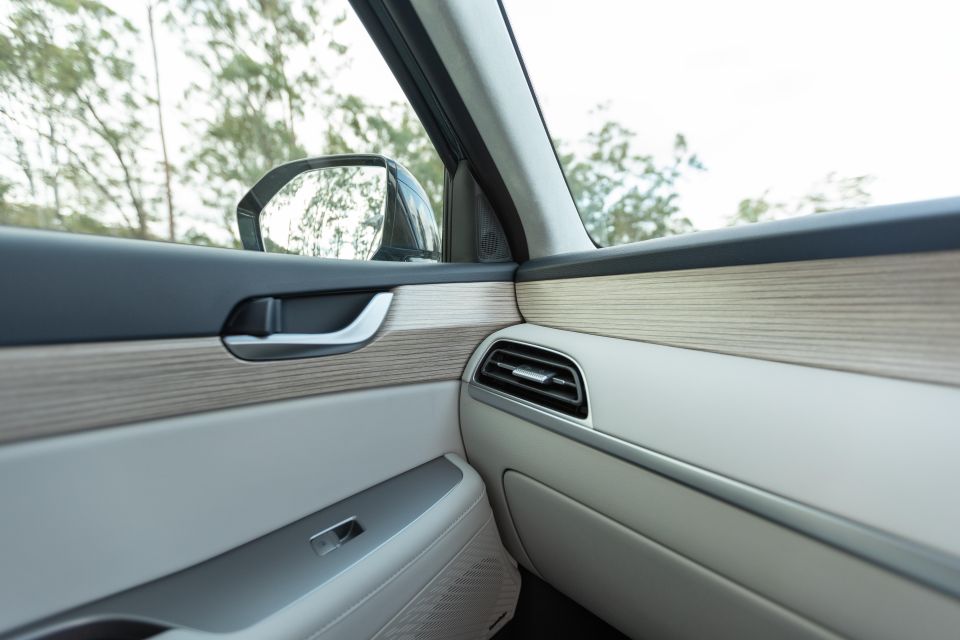
The metal-look trim of the dashboard looks and feels nice and substantial, and is a welcome change from the scourge that is piano black. We also love the use of actual buttons and knobs on the centre stack, which manages to still avoid looking overloaded with switchgear.
While even the base Palisade interior looks appealing at its price point, the Highlander includes enough changes to justify its higher price.
About the only aspect of the interior that looks a bit dated is the instrument cluster – there’s no digital instruments here like you’ll find in other high-grade Hyundais, with simple analogue gauges flanking a 7.0-inch screen. That screen does, however, display footage from the blind-spot cameras when you turn on the indicator.
Perhaps we’re getting increasingly accustomed to larger and larger screens but the 10.25-inch unit in the Palisade appears almost skinny. Nevertheless, this is still a competitively-sized screen for this class, and it runs Hyundai’s excellent infotainment system.
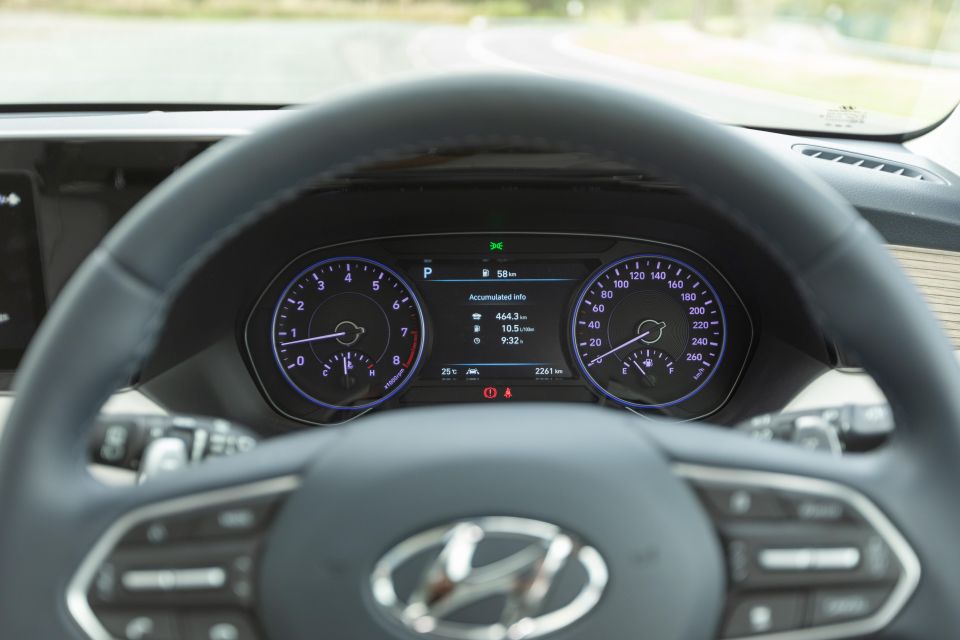
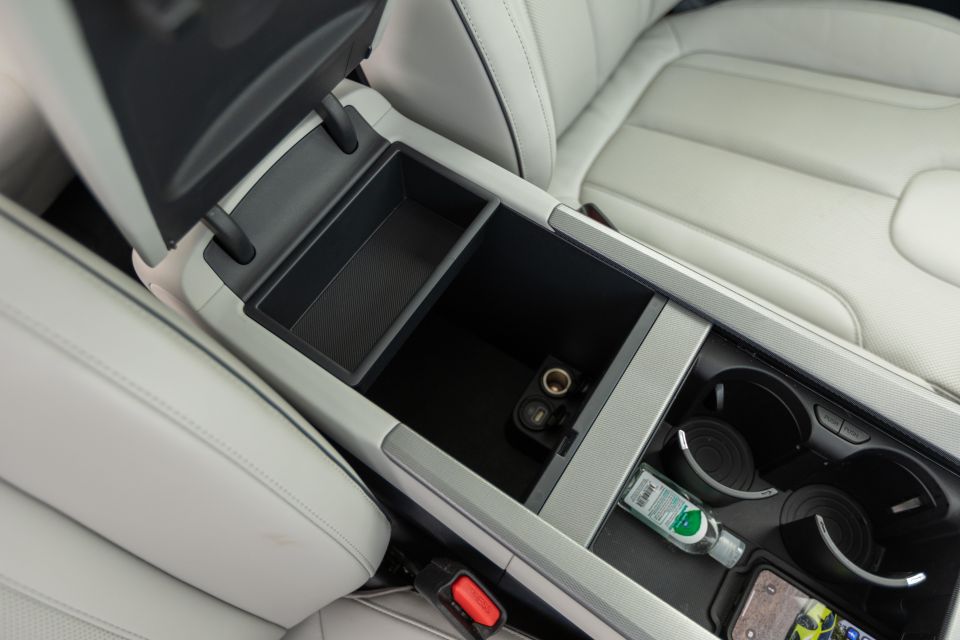
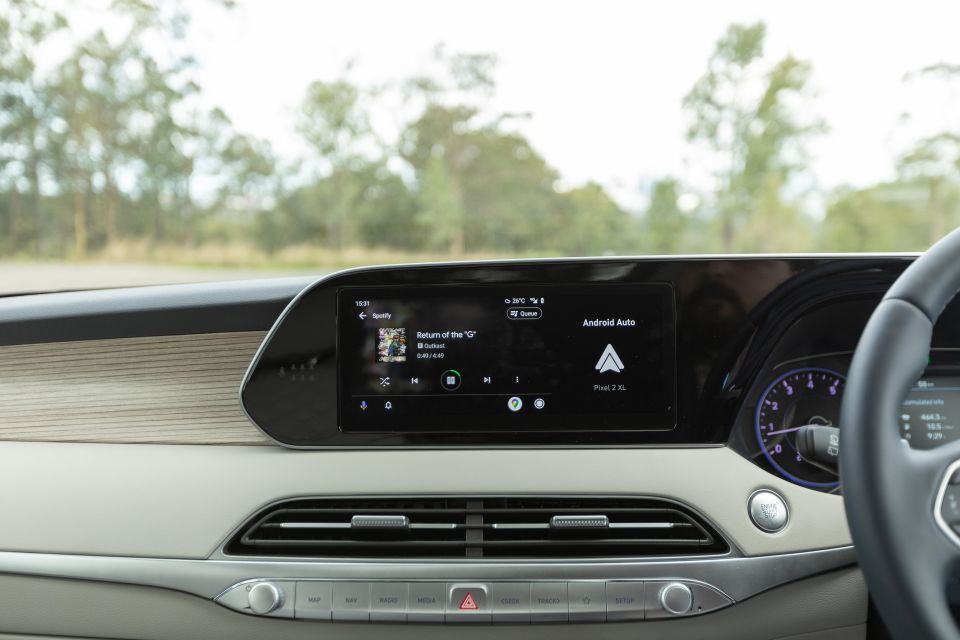
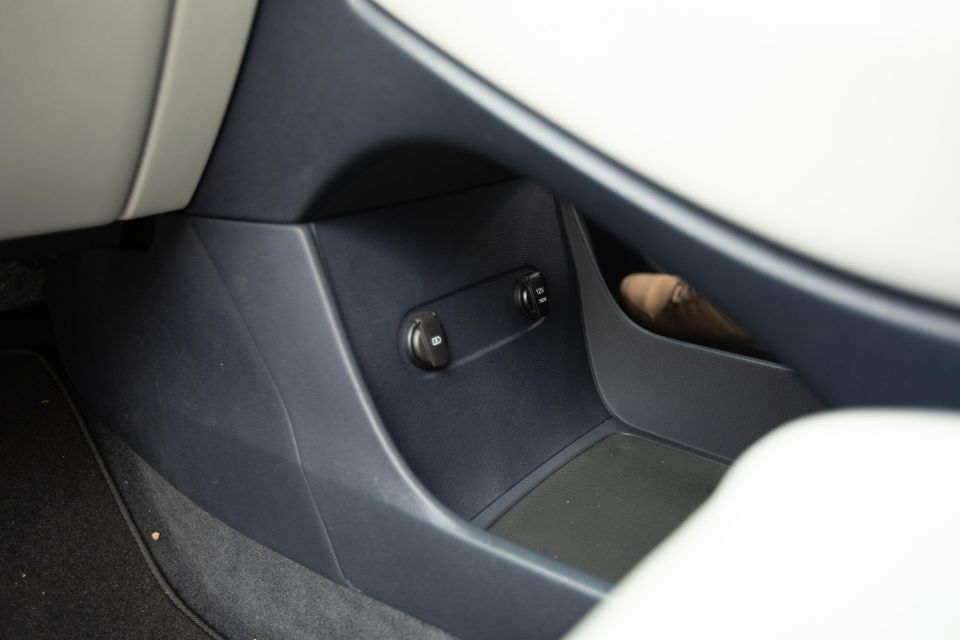
There’s still no wireless smartphone mirroring (sigh) but the interface is neat, response times are quick, and menus are easy to navigate. Apple CarPlay takes up the whole screen, but Android Auto only takes up the left two-thirds, leaving a useless Android Auto logo on the far right. Other companies with larger touchscreens manage to make it work, so we’re not sure what happened here.
Storage up front is superb. There’s an enormous centre console bin, plus a large pit ahead of it that you can conceal with a sturdy cover, finished in the same metal-like trim.
Inside this pit you’ll find cupholders plus a wireless charging pad. There’s also an expansive shelf under the centre console, where you’ll also find 12V and USB-A outlets (one each). All the doors also feature large bottle holders.
The second row is extremely spacious, with ample legroom and kneeroom and plenty of headroom despite the large sunroof above, separated from the sunroof above the front row. Our tester had the eight-seat interior with rear bench, which features outboard seat heating, but the available second-row captain’s chairs are heated and ventilated in Highlander guise.
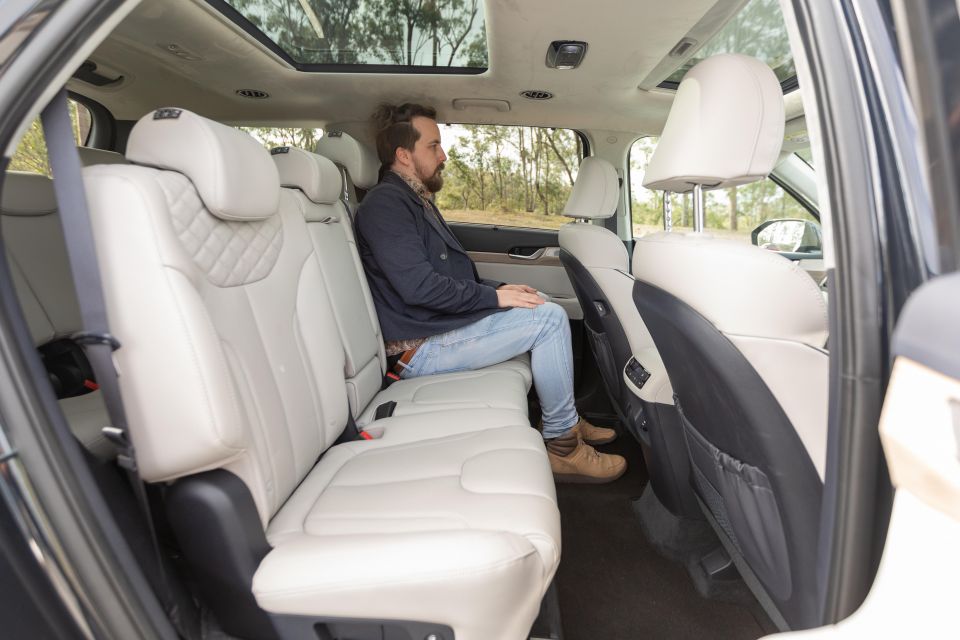
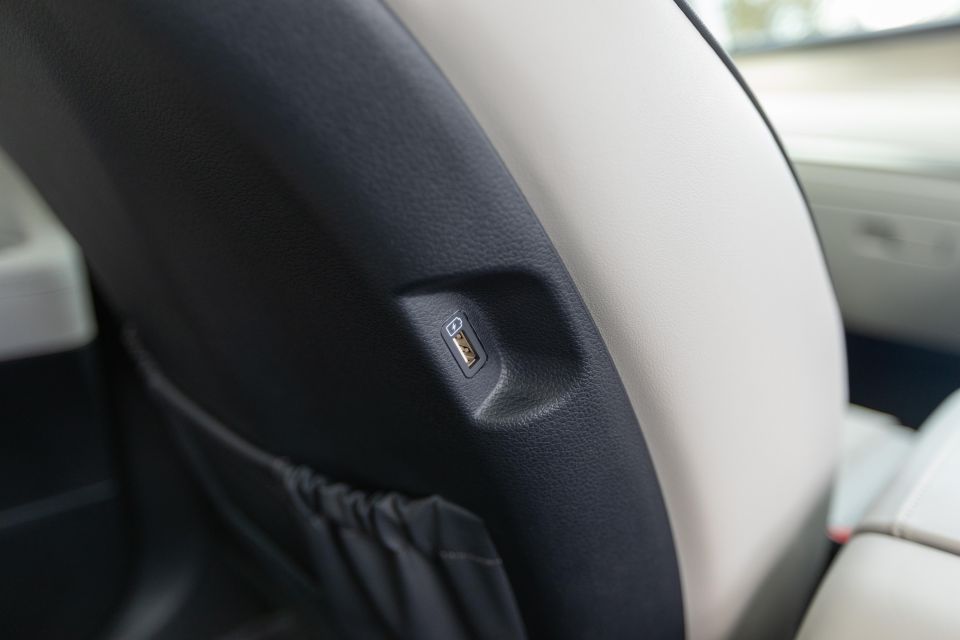
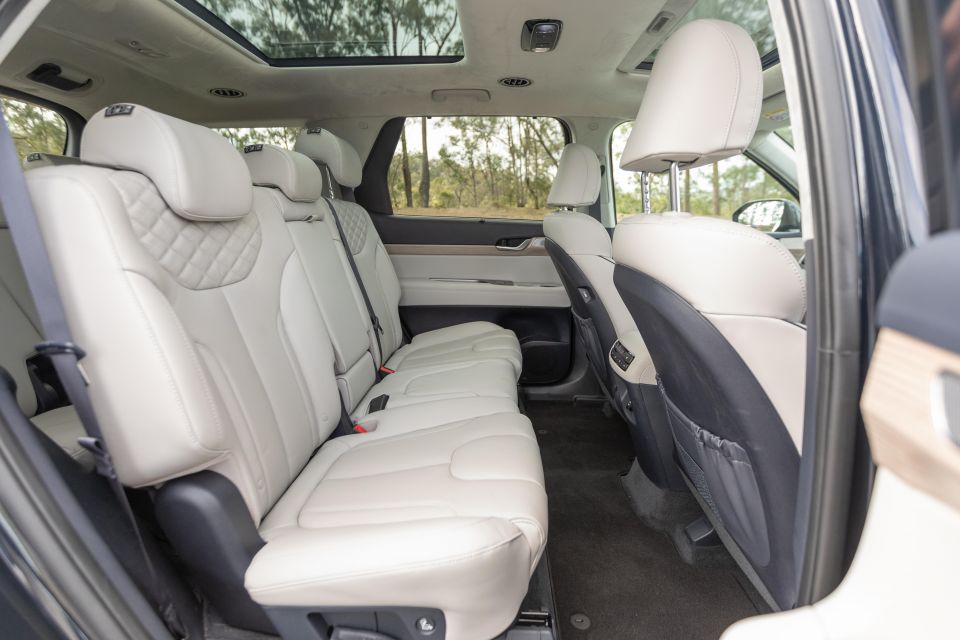
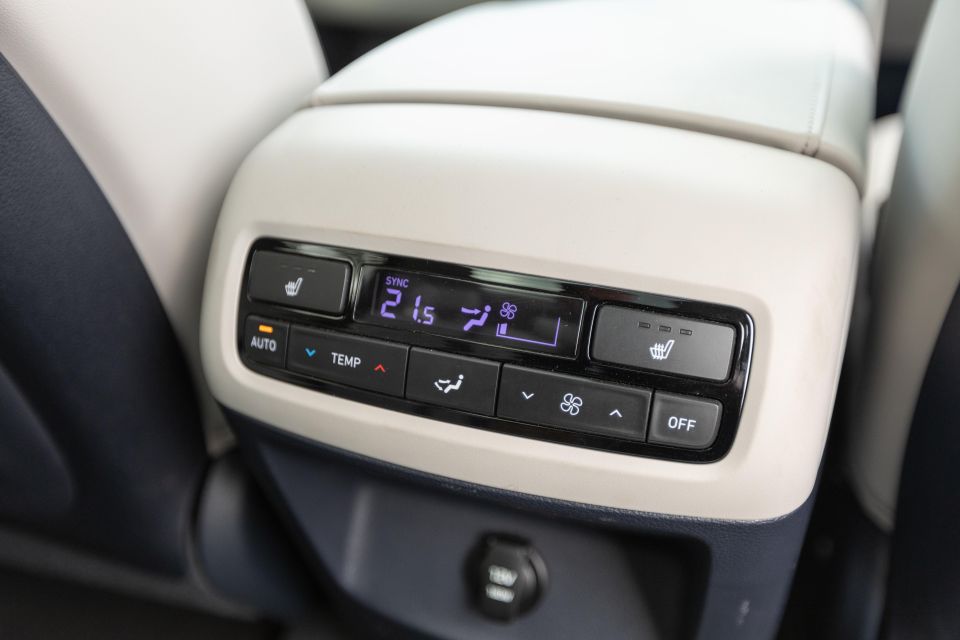
The second row has a mostly flat floor, though centre occupant sits slightly higher than those on the outboard seats. Nevertheless, there’s plenty of room in every dimension here.
There are air vents on the roof and climate controls at the rear of the centre console, while you’ll find USB-A outlets on the sides of the front seats. The front seatbacks are hard but feature map pockets.
The boxy styling of the Palisade’s exterior pays dividends in the third row, where an adult around 180cm tall can actually sit upright – that’s in contrast with the more curvaceous CX-9.
There’s sufficient legroom and knee room, making the Palisade’s third row vastly more comfortable than the likes of even a Toyota LandCruiser 300 Series. The Palisade is also wider than a Santa Fe, allowing for seating three abreast in the farthest row.
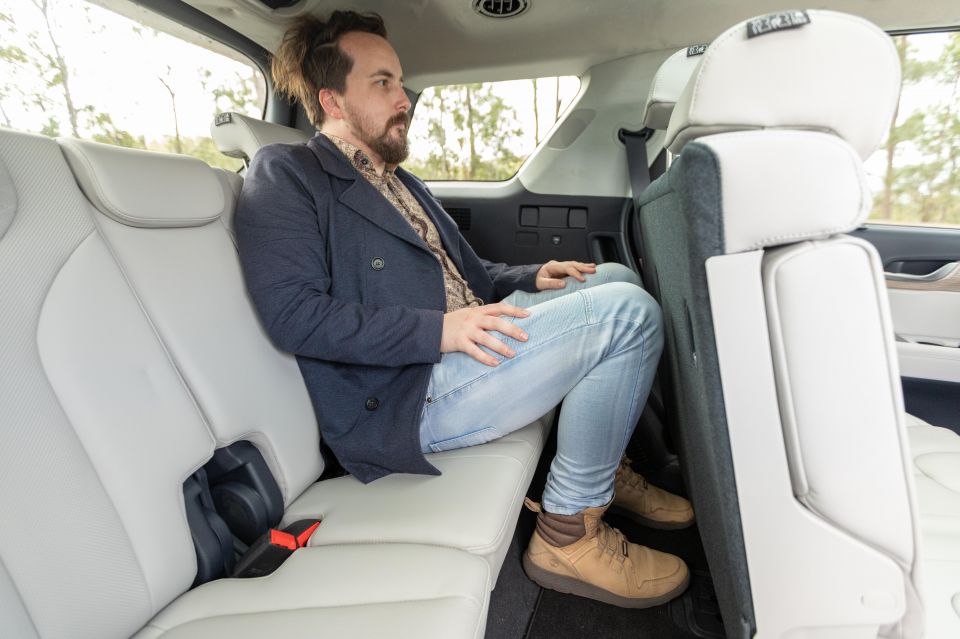
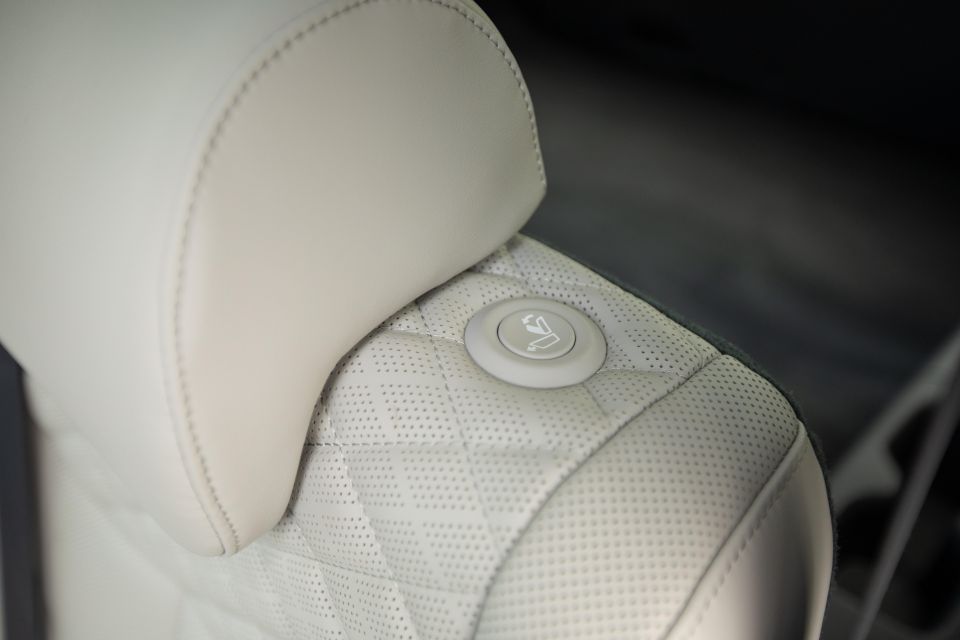
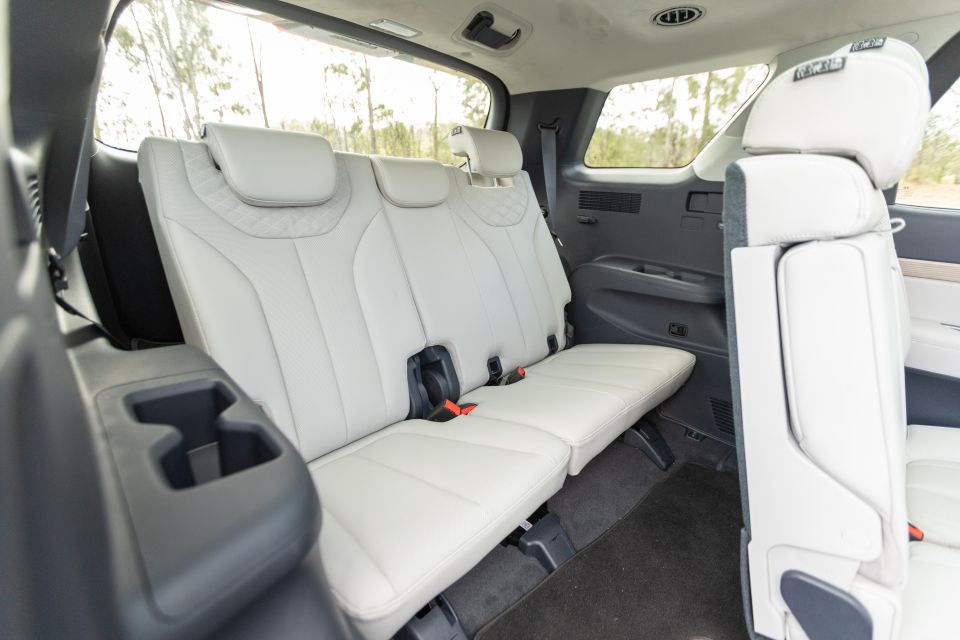
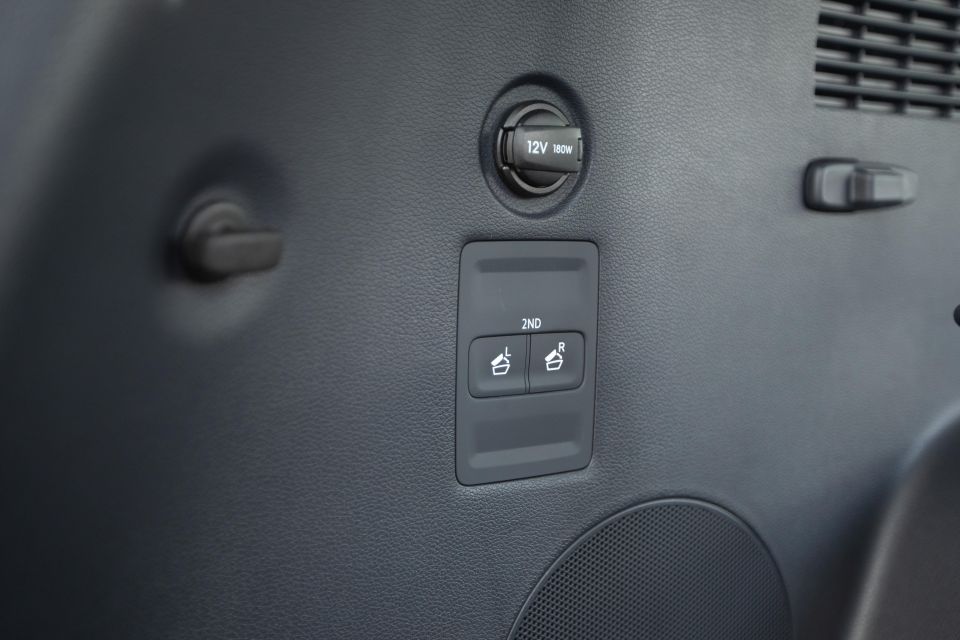
Getting there is easier than many SUVs, with the second-row tilting and sliding with the push of a button on the side of the seat.
While it’s not quite Kia Carnival-easy to get to the third row, you don’t need to contort yourself as much as in some other SUVs. Kids will have no problem.
There are ISOFIX anchor points for each outboard second-row seat, plus one in the third row on the passenger side. There’s also a full complement of top-tether points across rows two and three.
Moving to the boot, there are buttons that with one press will drop the second row. There’s also a 12V outlet on one side and a USB-A outlet on the other, plus cupholders and air vents both sides.
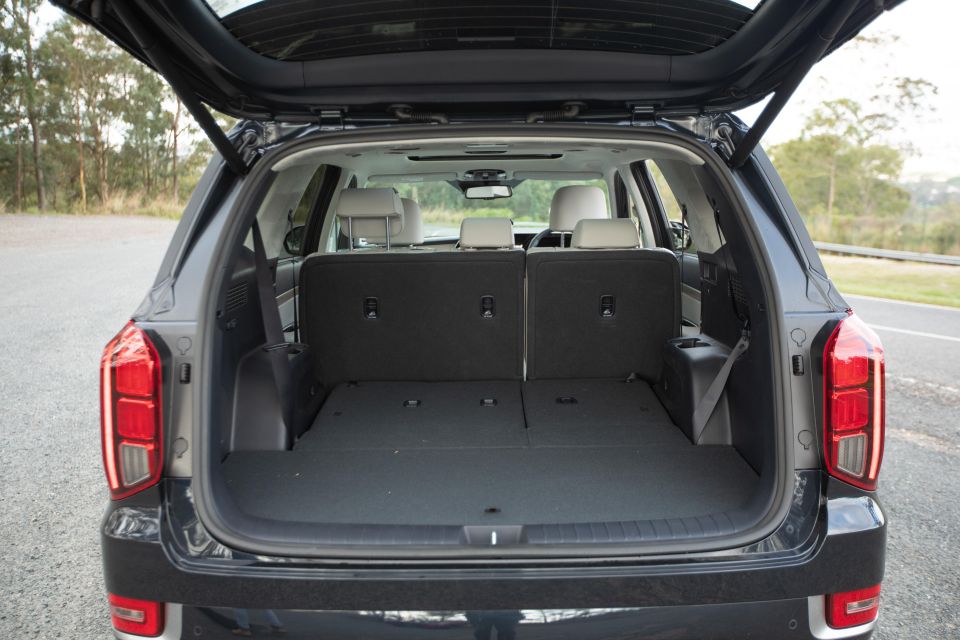
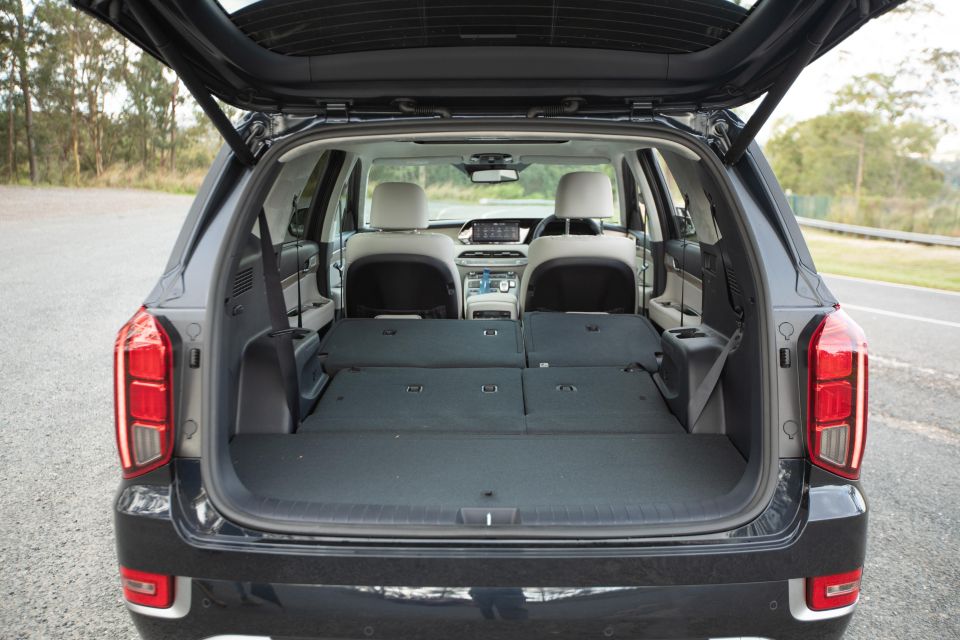
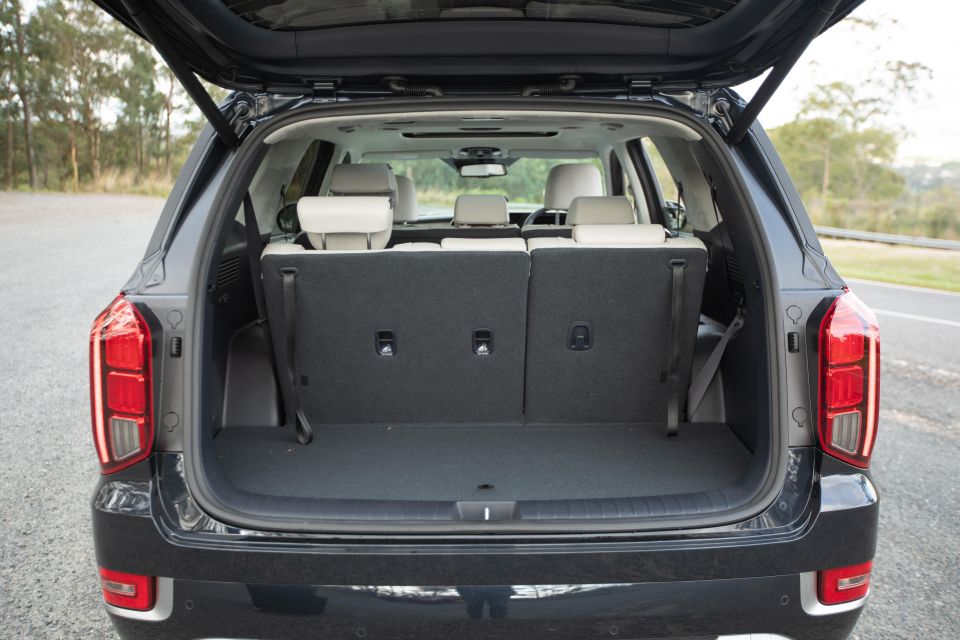
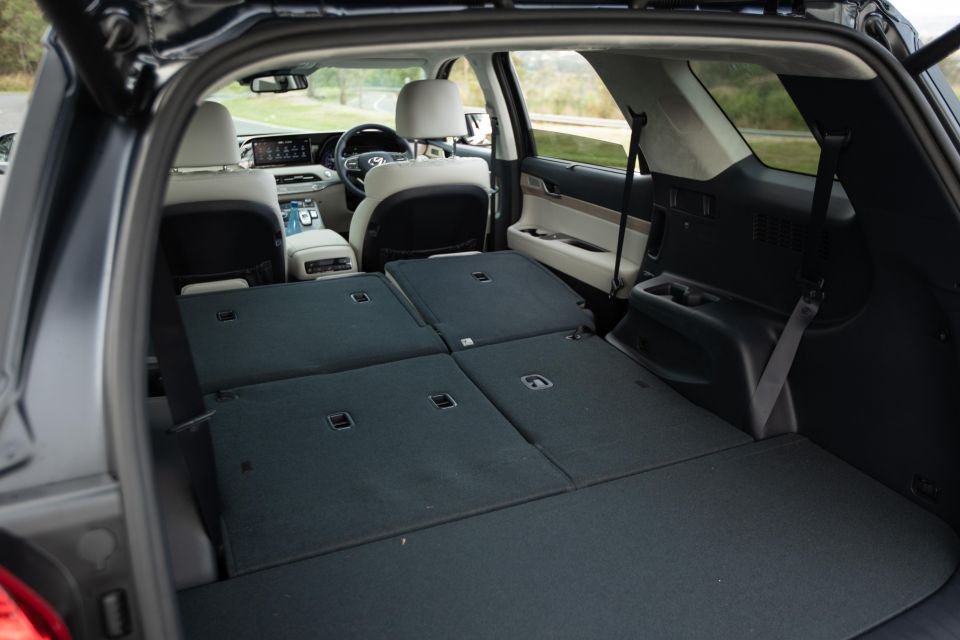
There’s 311L of storage space behind the third row, expanding to 704L if you fold it. That compares to 241L/552L in the Kluger and 230L/810L in the CX-9. The Palisade’s boxier shape, evidently, pays off when it comes to cargo space. You’ve also got a mostly flat load floor with both rear rows dropped.
The Palisade’s sound system is great for carpool karaoke, with meaty bass. There are some novel features in the cabin, too, like the Driver Talk function that uses a microphone and speaker to project your voice to the farthest reaches of the cabin.
The Blind Spot View Monitor mightn’t have the most attractive application in the Palisade due to its lack of a digital instrument cluster, however the projection within the cluster of footage from a blind-spot camera remains a clever idea.
While it’s unfortunate the Palisade misses out on Hyundai’s clever Remote Smart Parking Assist, visibility in the cabin is quite good and you still have a surround-view camera and parking sensors front and rear to help you.
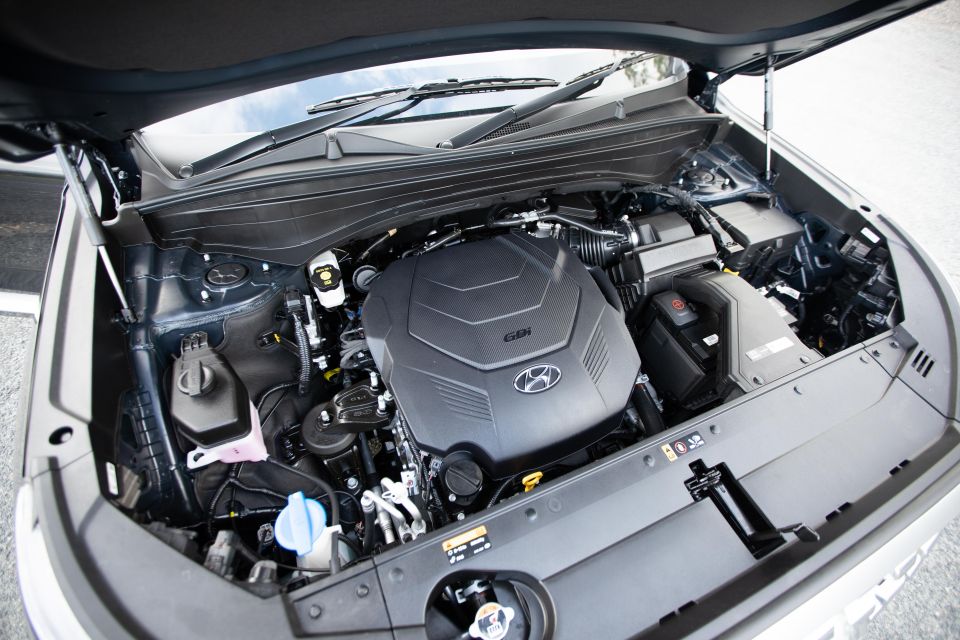
Where expert car reviews meet expert car buying – CarExpert gives you trusted advice, personalised service and real savings on your next new car.
Petrol Palisades use a naturally-aspirated 3.8-litre V6 with 217kW of power at 6000rpm and 355Nm of torque at 5200rpm. It’s mated with an eight-speed automatic transmission.
Those outputs are up 70kW but down 85Nm on the turbo-diesel, which also uses an eight-speed auto but comes only with all-wheel drive. They’re pretty much aligned with the Kluger V6, which produces 218kW and 350Nm, while the CX-9 differs in offering a turbocharged 2.5-litre four-cylinder petrol engine, which has less power (170kW at 5000rpm) but more torque (420Nm at a much lower 2000rpm).
Claimed combined fuel economy is 10.7L/100km, quite a bit thirstier than the diesel’s 7.3L/100km. We averaged 10.8L/100km on our loop, comprising a mix of inner-city, suburban and highway driving, and this increased to 11.5L/100km over the course of a week. So, while it isn’t exactly thrifty, you can at least match the claimed rating.
Towing capacity in the petrol Palisade is the same as with the diesel: 2200kgbraked and 750kg unbraked, though the maximum towball download of 100kg can’t be increased to 180kg as in the diesel.
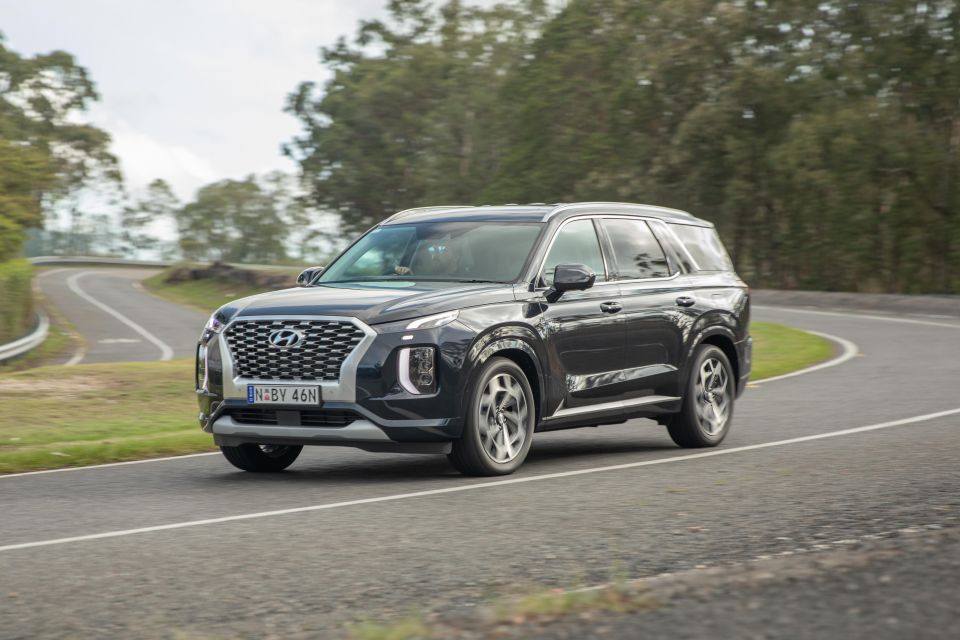
The front-wheel drive Palisade, like its fellow FWD large crossovers, requires a light right foot as too heavy a stab of the accelerator yields some torque steer.
There’s a lot of power on tap to be sending to the front wheels alone, and heavier throttle inputs can result in wheelspin. A right-hand drive, all-wheel drive V6 Palisade would be lovely, but Hyundai continues to say this isn’t possible.
While a FWD CX-9’s steering wheel will also move to the side under harder acceleration, its steering is more confidence-inspiring with a heavier weighting. The Palisade, in contrast, has a light, disconnected feel.
It means there’s less effort required in twirling it to get into a parking spot – you can practically steer this SUV with your pinky – but it robs you of any connection to the road. You’re effectively steering the car by correspondence.
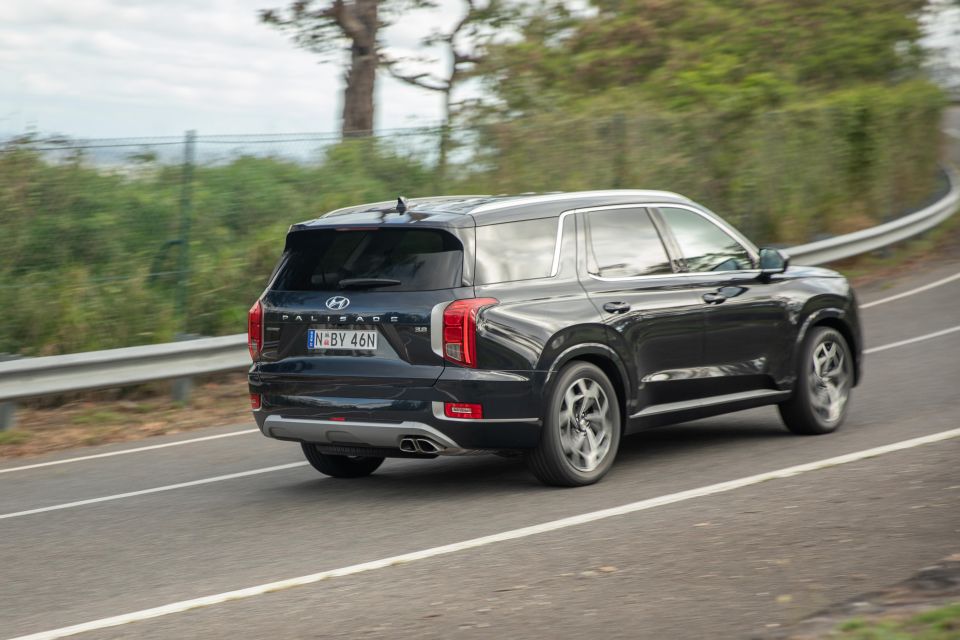
In a sports sedan, these would be fatal flaws, but in a large, family crossover, it’s not as egregious. And fortunately, the rest of the Palisade’s on-road manners are largely beyond reproach.
Wind noise and tyre noise are well controlled, even at highway speeds, though open the sunroof or the windows and you can get some significant buffeting even at sub-highway speeds. For reference, the drag coefficient is 0.33 – par for the course in this segment.
The Palisade has a comfortable ride without feeling floaty. Bumps are well suppressed, and the suspension settles quickly. It proved pleasant on rougher roads, though we did notice a slight rattle from the centre console on coarser-chip surfaces.
The lack of floatiness in the ride corresponds with the Palisade’s benign handling. It’s not a rollercoaster ride, and is instead well-composed and serene to drive. It never feels like it’s going to keel over at the first sign of a corner, and it feels safe and predictable.
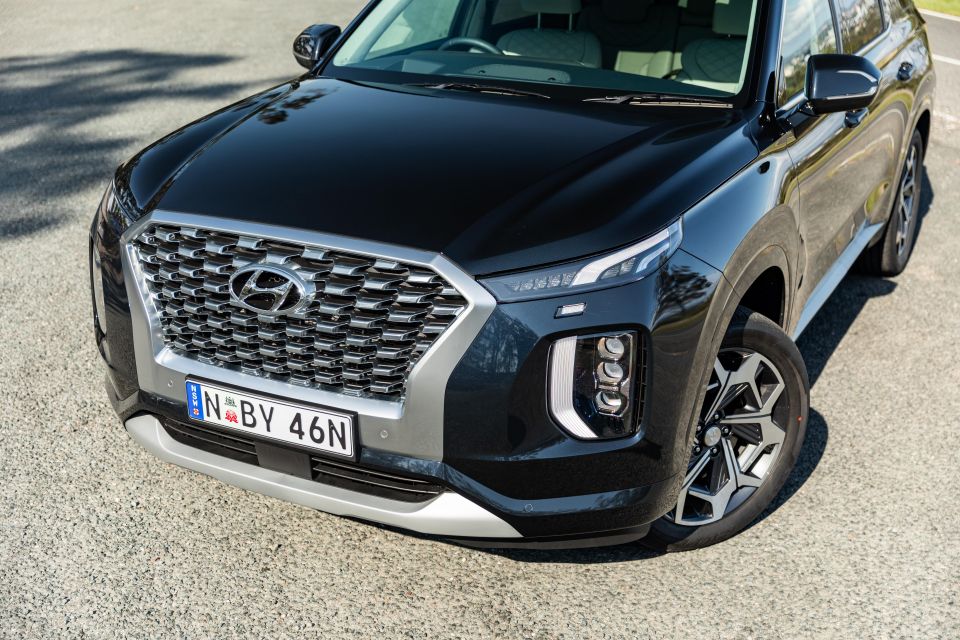
The powertrain is smooth – the V6 makes the right noises and is sufficiently hushed, while the eight-speed transmission’s shifts are fuss-free.
There’s also enough power to haul this heavy SUV around, though if you’re after greater low-end torque you may want to look at the diesel. We never found the V6 to be underpowered, however.
All the driver assist features work well, with the Lane Following Assist and adaptive cruise control making light work of highway driving.
In all, the Palisade is a comfortable cruiser with plenty of power and refinement.
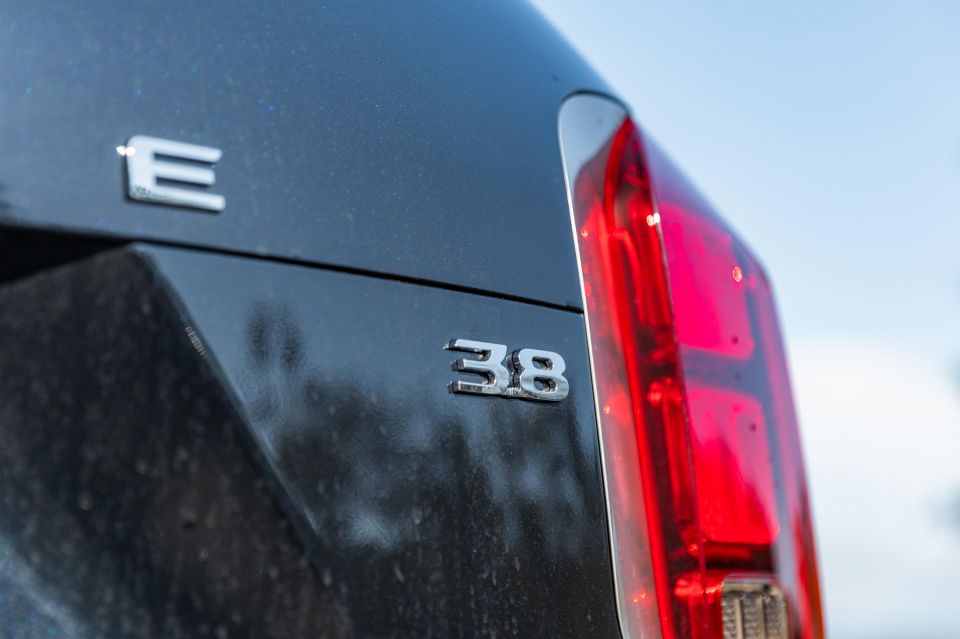
The Palisade is covered by Hyundai Australia’s five-year, unlimited-kilometre warranty with roadside assistance for the same period.
Servicing is required every 12 months or 15,000km – whichever comes first. The first five services are each capped at $399, slightly cheaper than that of the diesel ($469).
You can also pre-pay for scheduled maintenance plans spanning three, four or five years. These cost $1197, $1596 and $1995 respectively.
The Kluger is cheaper to service, at $250 a pop for the first five. The CX-9 costs $364 for the first, third and fifth services and $409 for the other two, which puts the Palisade comfortably in the middle of these two rivals.
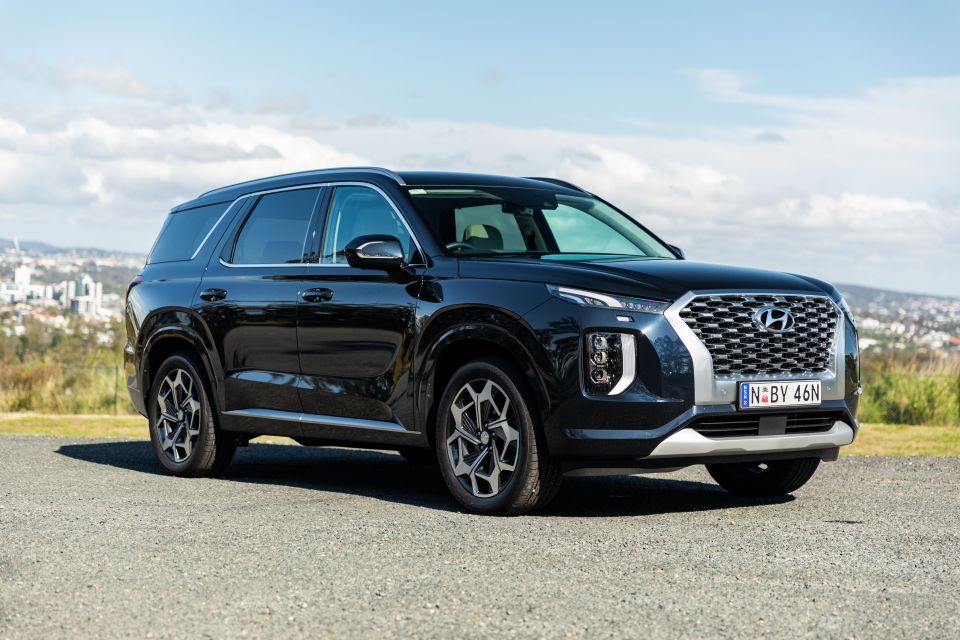
Buy your new car without the stress. It's fast, simple and completely free.

Great service from Travis and team, second time I have used this business would not hesitate to recommend them to anyone
Craig C.
Purchased a Ford Ranger in Sunshine Coast, QLD
CarExpert helped Craig save $7,224 on his Ford Ranger, now let us save you on your next new car.
Get your BEST priceThe Palisade impresses most with its spacious, attractive and comfortable interior, making this a superb family hauler.
There’s an abundance of storage up front, the dashboard is neatly laid out, and there’s plenty of room in the second and even third rows. That you can actually fit a full-grown adult in the third row is impressive, considering how many other SUVs this size fumble when it comes to third-row packaging.
We’d like to see a digital instrument cluster in the Palisade like the one in the Santa Fe Highlander, plus the handful of other features found in the cheaper, smaller Hyundai SUV. Perhaps these will come with the Palisade’s mid-life update.
We’d also love to see an all-wheel drive V6 version in Australia and an ANCAP rating, but neither seems likely.
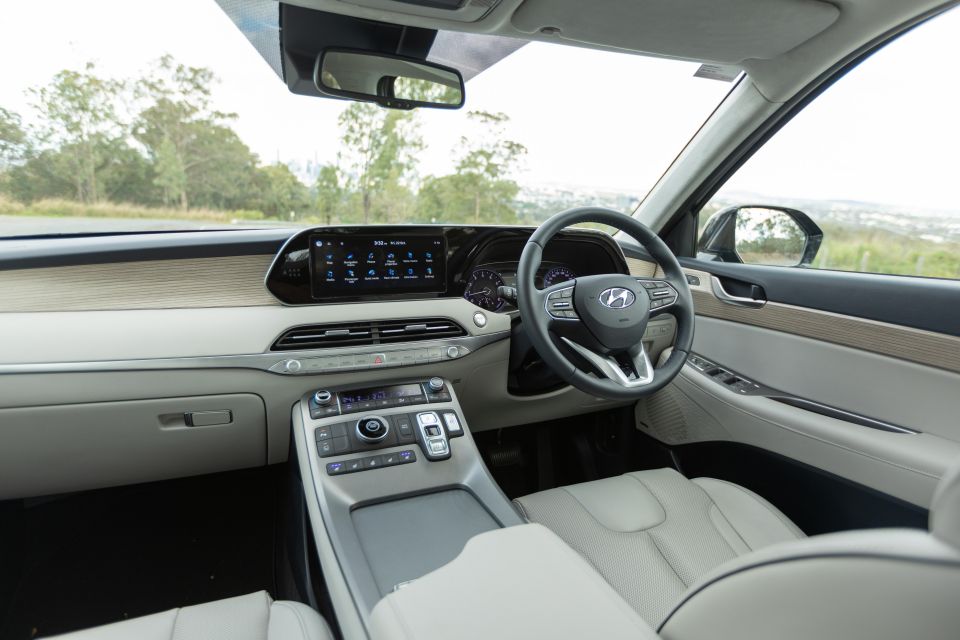
The latter is particularly unfortunate, as it would give buyers that extra peace of mind – we know the Palisade has tested well overseas and has an enormous list of safety equipment, but we’d just like to see a few rammed into walls and barriers to make double-sure it’s safe.
The Palisade Highlander has a more modern interior than the CX-9 with better third-row headroom, while it also offers an extra seat over both the CX-9 and the Kluger and a less fussy dashboard than the latter. However, it also asks for a higher price over a CX-9 Azami or Kluger Grande despite similarly extensive equipment lists, so you’ll need to weigh up how important third-row space is to you.
It has a smooth, unfussed powertrain and a comfortable ride, but its two key rivals are hardly lacking in that respect. Where the Palisade stands out, beyond its superior third row, is its style inside and out. Its cabin is airy and modern and its exterior is bold and brassy.
It fits right in in Pacific Palisades, and it could be a great fit for you and your family.
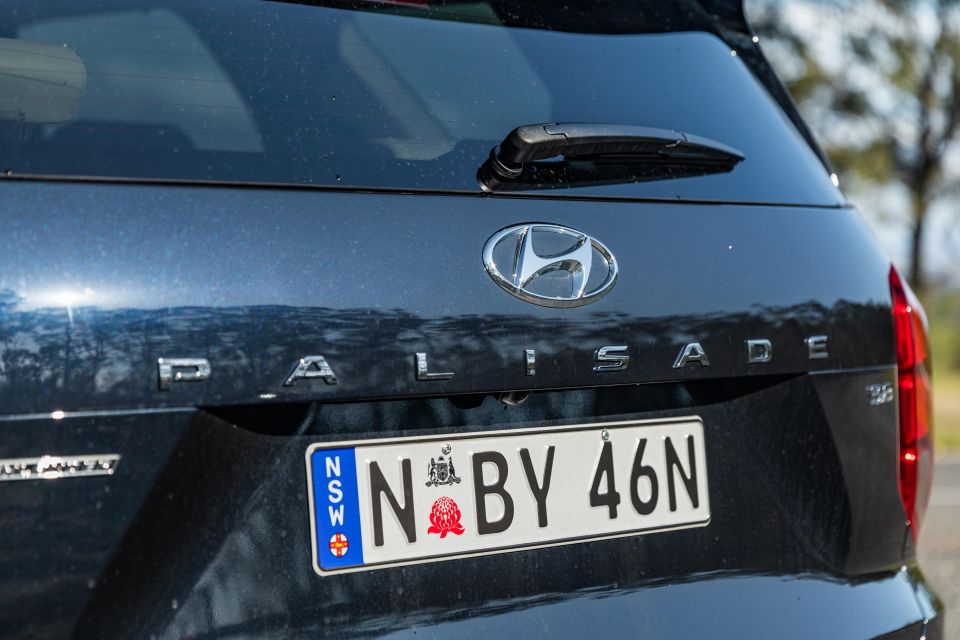
Click the images for the full gallery
Where expert car reviews meet expert car buying – CarExpert gives you trusted advice, personalised service and real savings on your next new car.
William Stopford is an automotive journalist with a passion for mainstream cars, automotive history and overseas auto markets.


William Stopford
1 Day Ago
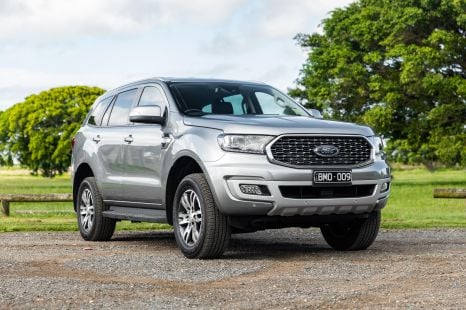

William Stopford
3 Days Ago
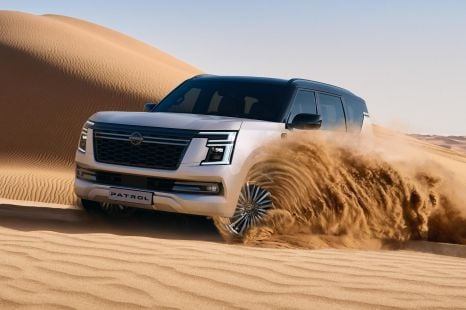

James Wong
6 Days Ago
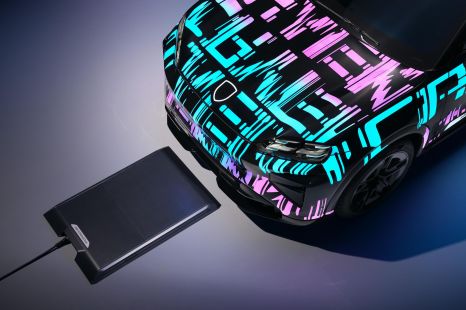

Derek Fung
10 Days Ago
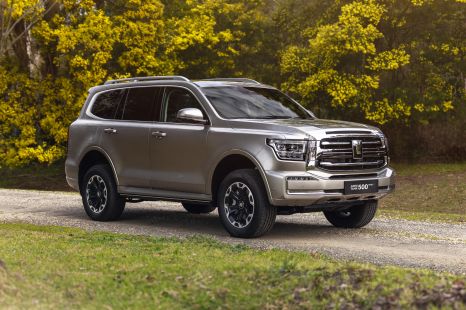

William Stopford
12 Days Ago
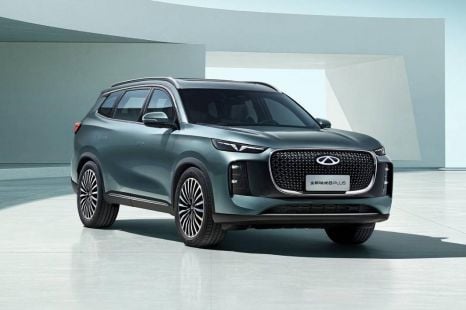

William Stopford
18 Days Ago